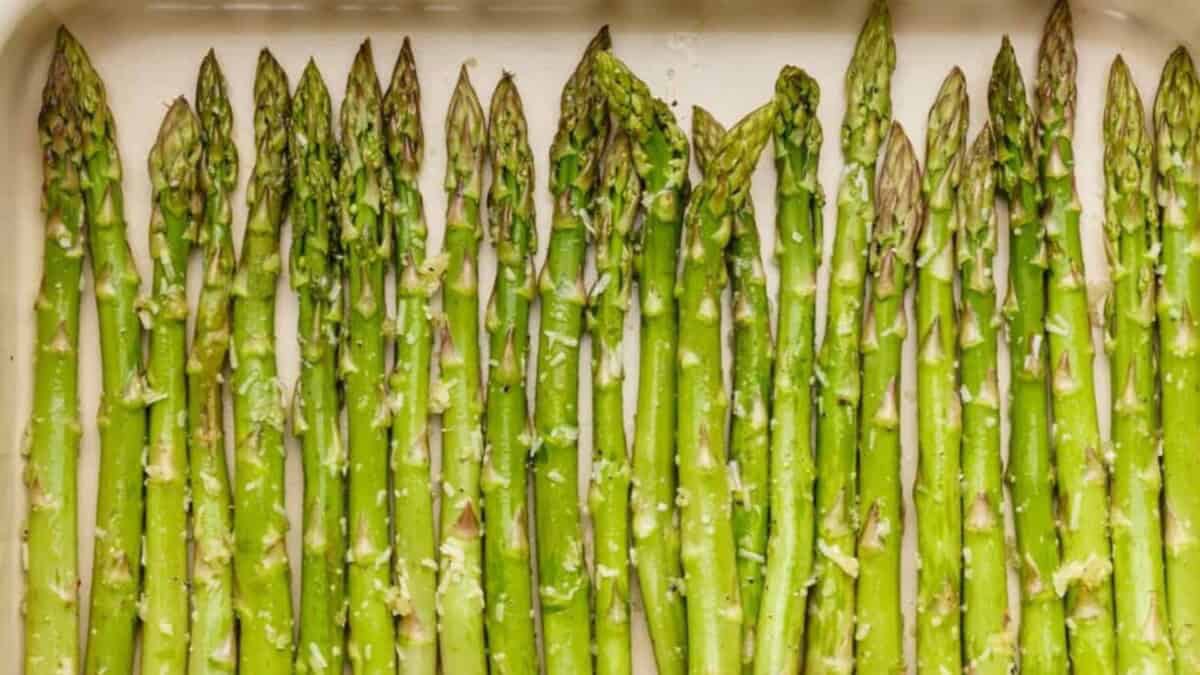This post may contain affiliate links. Please read our disclosure policy.
Spring is officially here, and that means asparagus season has arrived! This tender, vibrant green veggie is one of the first signs of the season, and it is also absolutely delicious. With a naturally crisp bite, a slightly grassy flavor, and hints of butter and earthiness, asparagus does not need much to shine. In fact, it practically begs to be the star of your spring meals. I wanted to share some of my favorite asparagus recipes that really show off the veggie’s fresh flavor, along with tips on how to pick the best bunch and prepare it perfectly every time.
How to Choose the Best Bunch
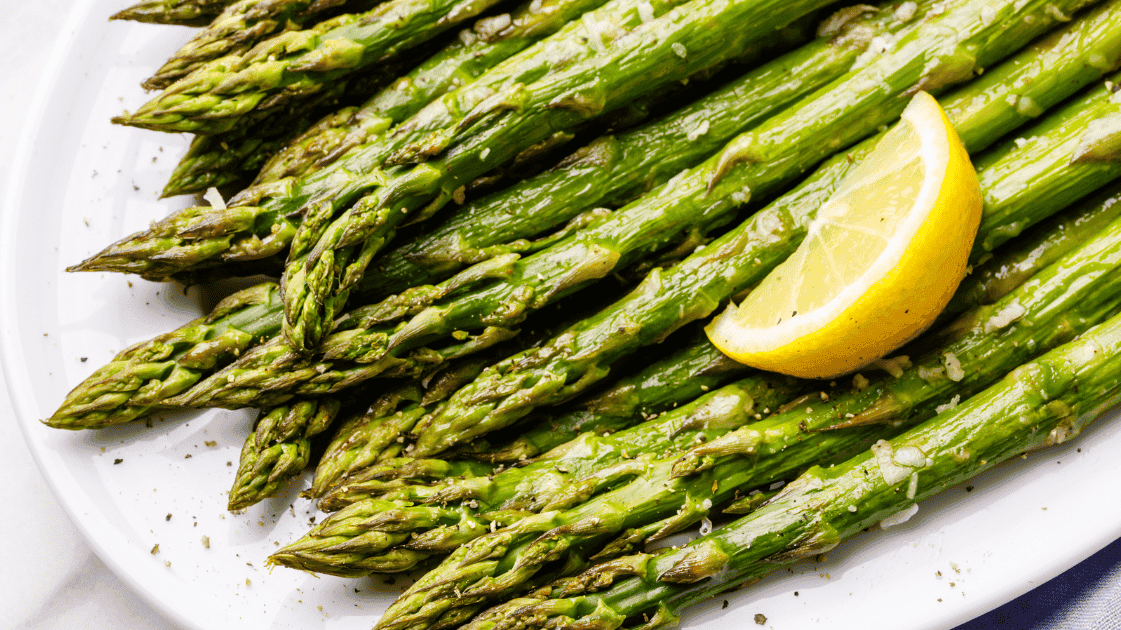
When picking asparagus, look for firm stalks that stand tall and are not limp or rubbery. The tips should be tightly closed and slightly purple at the top, not mushy or frayed. If it squeaks a little when you rub the stalks together, that is also a good sign of freshness! Make sure you check the bottoms of the stalks and avoid bunches with super dry or woody ends.
Fat vs. Skinny Asparagus: What’s Better?
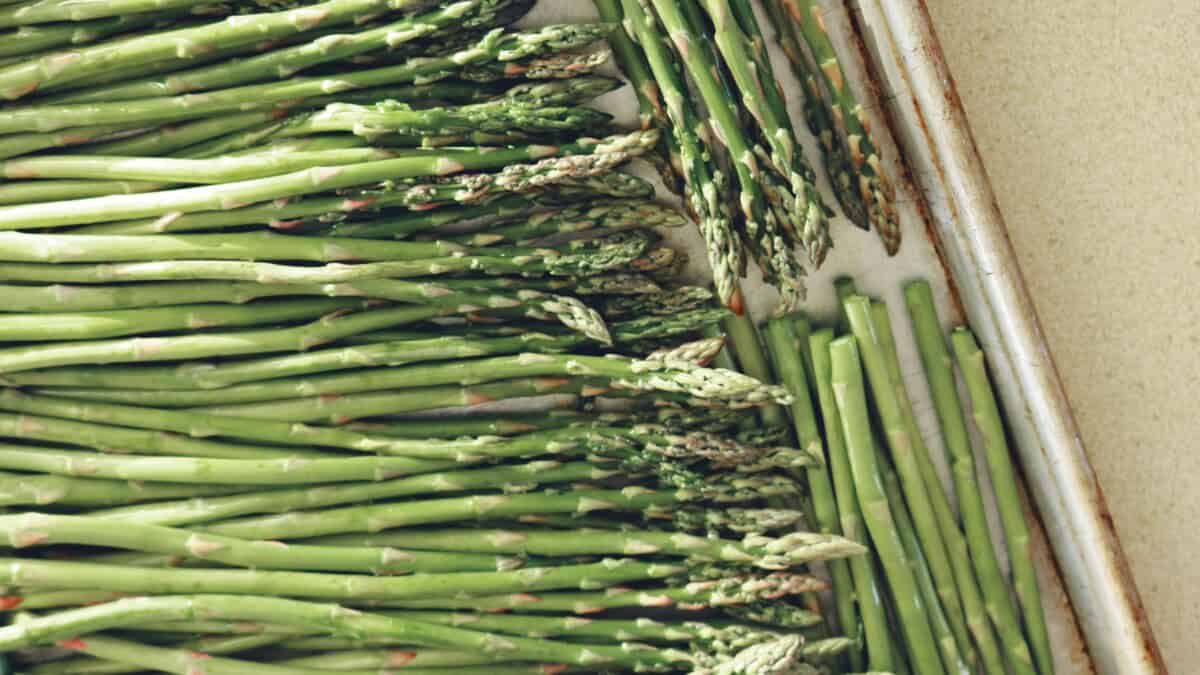
Skinny asparagus typically comes from a younger plant, while fat asparagus grows from plants that are several years old. The weather also has to do with how asparagus grows, with hot weather, causing the plant to shoot up quickly and be very skinny.
Neither size is necessarily better, but they do cook differently! Fat asparagus is meatier and holds up well to roasting, grilling, or even shaving into ribbons. Skinny asparagus is more delicate and quick to cook, which can be perfect for quick sautés or tossing into a stir-fry. Pick your bunch based on what you are making. There is no wrong choice, just different textures!
Roasted Asparagus

This roasted asparagus dish proves that sometimes it’s best to stick with something plain and simple. By roasting the vegetable, it brings out a deep flavor that is highlighted with a touch of lemon, black pepper, and parmesan cheese. It’s the best way to make asparagus taste like a restaurant’s!
Go to the recipe: Roasted Asparagus
Asparagus Casserole
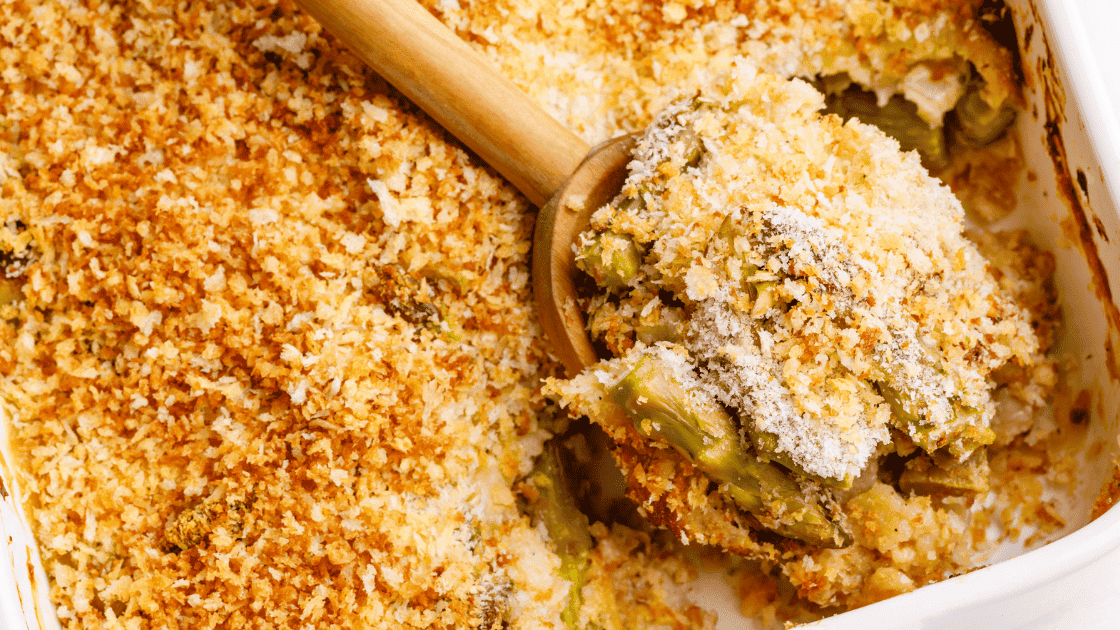
This asparagus casserole will be your go-to casserole dish come springtime. The fresh asparagus doesn’t get weighed down in the casserole and instead pairs perfectly with the creamy, cheesy flavor.
Go to the recipe: Asparagus Casserole
Green, White, or Purple

Did you know that asparagus comes in more than just green? White asparagus is grown underground and has a milder, slightly bitter flavor and is popular mostly in Europe. Purple asparagus is a bit sweeter and can be gorgeous raw in salads. Green is the most common and has that classic grassy, earthy flavor we all know and love.
Yes, You Can Eat It Raw!
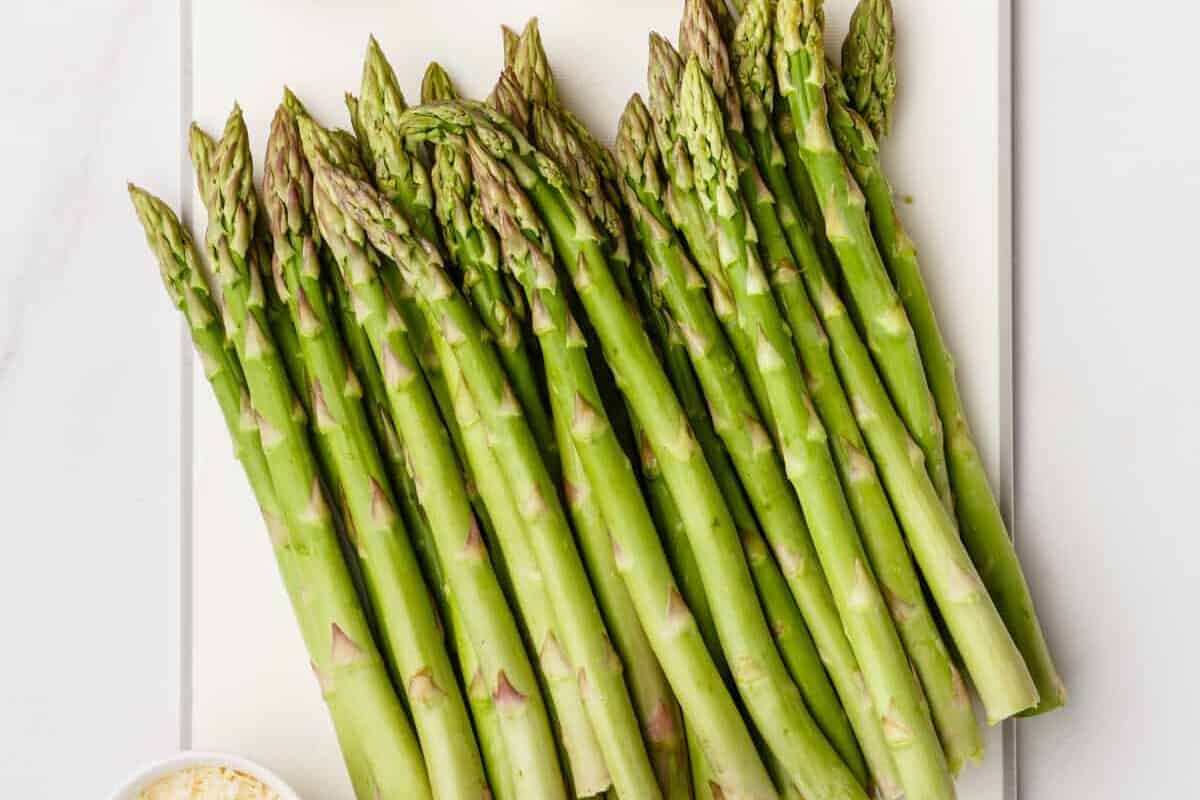
Raw asparagus? Yep! Raw asparagus is crisp, slightly sweet, and totally refreshing. You can shave it into thin pieces with a veggie peeler or mandoline and toss into salads with a little lemon or some parmesan cheese. This is a great way to enjoy the natural flavor of asparagus without any cooking at all! Just make sure the stalks are super fresh and tender.
One-Pan Baked Salmon and Asparagus

If you are looking for new ideas for your weeknight dinner rotation, look no further than this one-pan-baked salmon and asparagus. Everything bakes together on one pan in just 30 minutes, making it great to serve no matter how hectic your weeknight might be.
Go to the recipe: One Pan Baked Salmon and Asparagus
Don’t Forget to Trim It
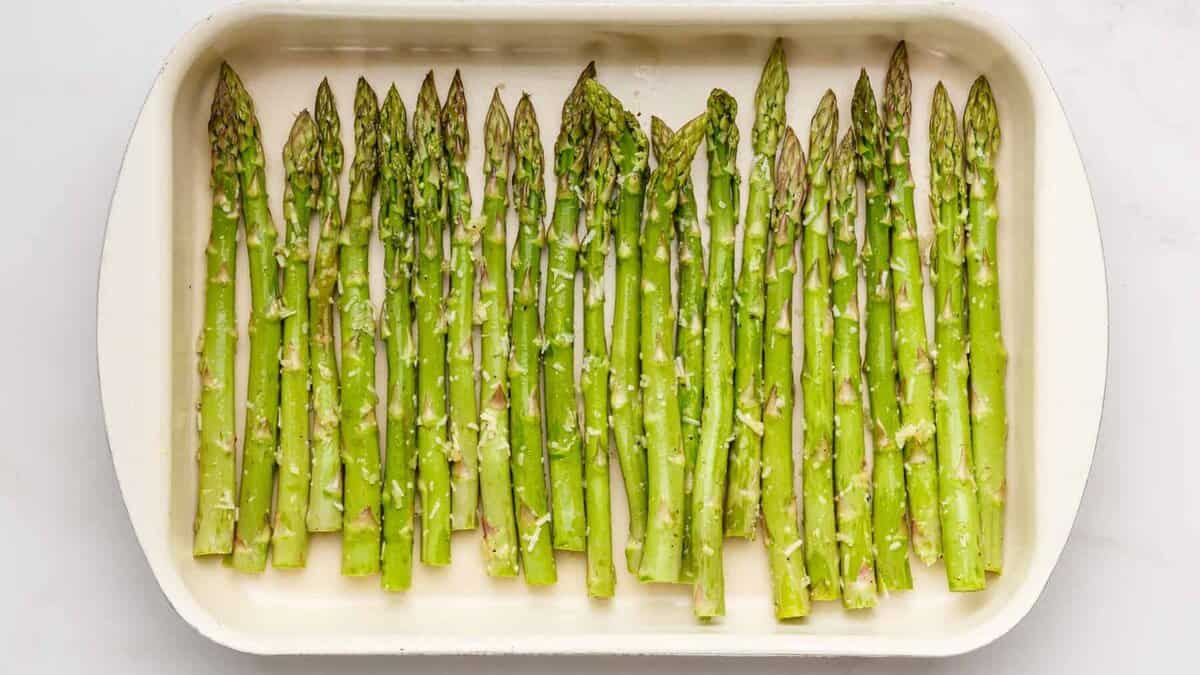
That woody, tough end of the stalk needs to be snapped off! Just bend the spear near the bottom, and it will naturally break where the tenderness ends. You can also line them up and slice off the bottom inch or so. This may be a small prep step but it makes a huge difference in texture.
Check out our detailed guide to learn how to cut asparagus the right way!
Store It Like a Bouquet
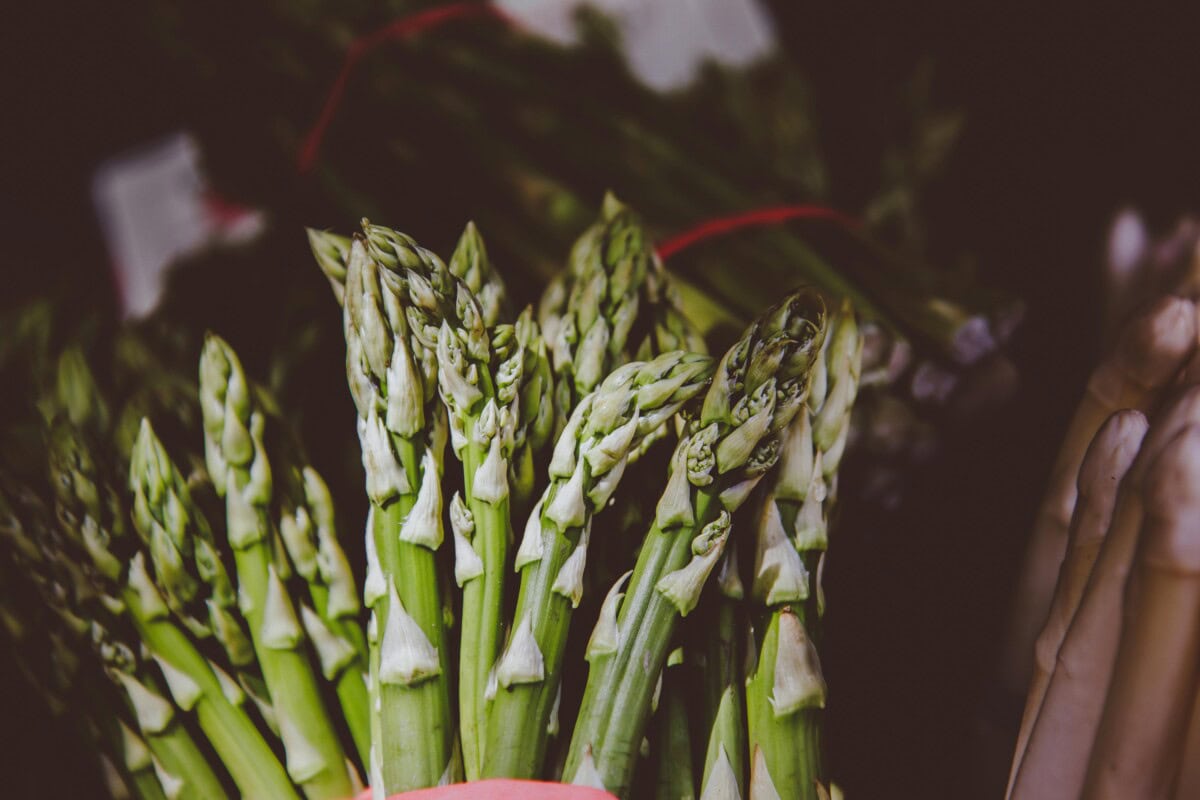
If you want your asparagus to stay fresh longer, stand it upright in a glass or jar with an inch of water, like flowers. Loosely cover the tops with a plastic bag and keep it in the fridge. This trick helps prevent wilting and keeps your stalks crisp and ready to go! They will stay fresh for days, even weeks, when stored properly.
